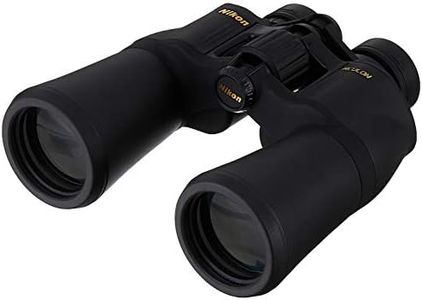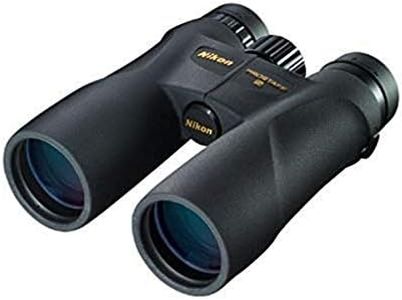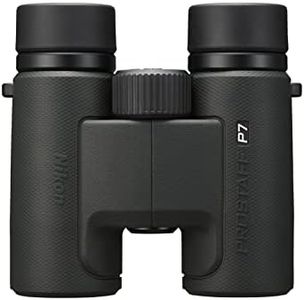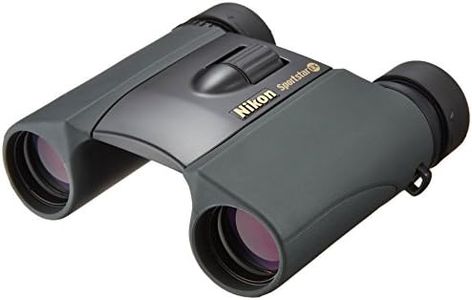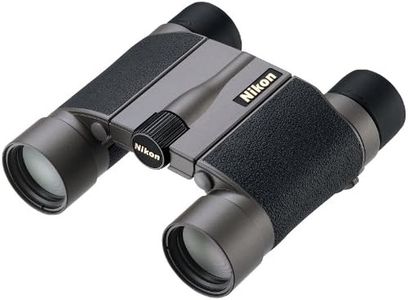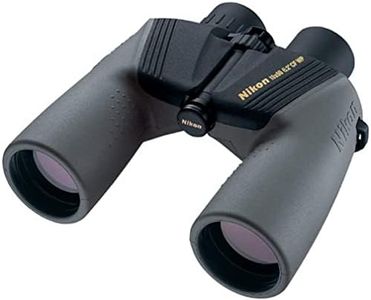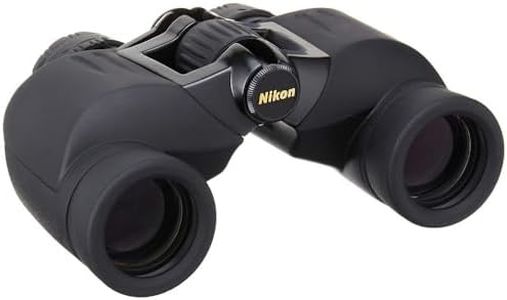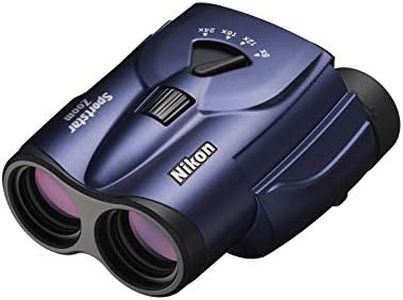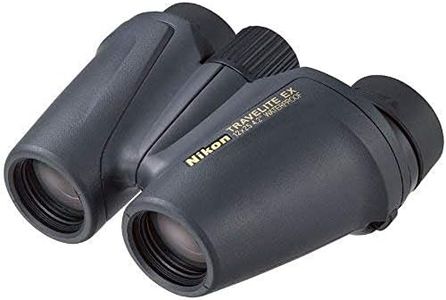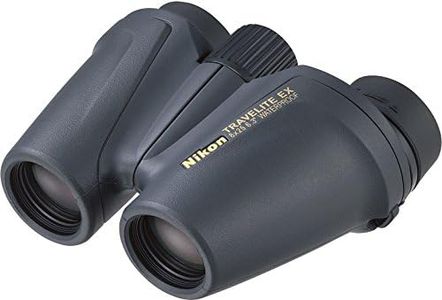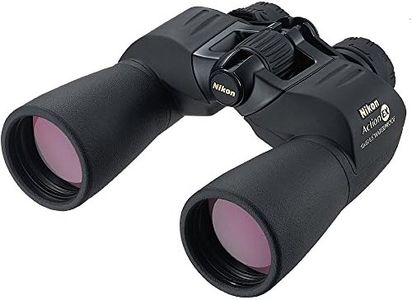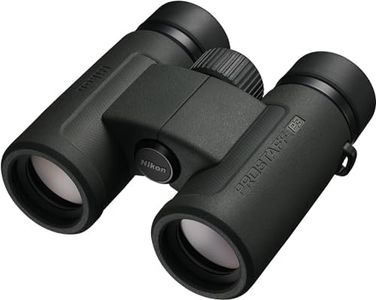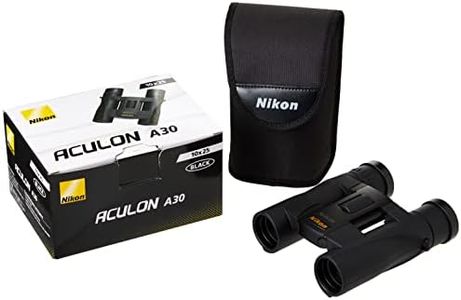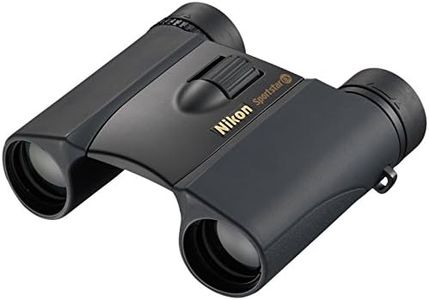We Use CookiesWe use cookies to enhance the security, performance,
functionality and for analytical and promotional activities. By continuing to browse this site you
are agreeing to our privacy policy
10 Best Nikon Compact Binoculars
From leading brands and best sellers available on the web.By clicking on a link to a third party's website, log data is shared with that third party.
Buying Guide for the Best Nikon Compact Binoculars
When thinking about buying compact binoculars, it's important to focus on how you plan to use them. Will you carry them on hikes, use them for birdwatching, take them to sports events, or just want something easy to store and use? The right pair for you depends on how light, portable, and easy to handle you want them to be, and how much clarity and brightness you need for your specific activities. Understanding what features matter most can help you make a choice that you will be happy with in the long run.Magnification and Objective Lens DiameterThis spec is usually shown in the format like 8x25 or 10x21, where the first number is the magnification (how many times closer things appear) and the second number is the diameter of the objective lens in millimeters (how much light the binoculars can gather). Higher magnification brings things closer but can make the image shakier if you have unsteady hands, and may restrict your field of view. Lower magnifications (like 8x) are more versatile for general use, while higher ones (like 10x) are better if you want to see distant objects in more detail. The objective lens size impacts how bright the image appears, especially in low light. If you want compactness and light weight while mainly using binoculars during daylight, smaller objective lenses are fine. If you often use binoculars in dimmer light (like dusk), a slightly larger objective lens is helpful.
Field of ViewField of view tells you how wide an area you can see through the binoculars, usually measured in feet at 1,000 yards or meters at 1,000 meters. A wider field of view makes it easier to spot and track moving objects, which is great for watching birds or sports. Binoculars with higher magnification often have a narrower field of view. If your main use is scanning large areas or tracking wildlife, look for a model with a wider field of view. If you mostly focus on stationary or distant objects, a narrower field might not be a problem.
Weight and SizeOne of the main reasons to choose compact binoculars is their size and weight, which make them much easier to carry around than larger models. Lightweight binoculars are easier to hold for longer periods and more convenient to pack in a bag or even a pocket. If you're traveling, hiking, or want something you won’t mind carrying all day, picking one of the lighter, more compact versions is usually best. Just be aware that very small and light models might sacrifice some image brightness or ease of handling, so choose what feels comfortable for your intended activity.
Eye ReliefEye relief is the distance from the eyepiece lens to your eye where you can still see the whole field of view, and it’s especially important if you wear glasses. Longer eye relief makes binoculars more comfortable to use with glasses, so check this spec if you’ll be wearing eyewear while using them. Generally, eye relief of at least 15mm is considered good if you’re a glasses wearer, while non-glasses wearers can use binoculars with shorter eye relief comfortably.
Waterproofing and DurabilityMany compact binoculars come with some level of water resistance or waterproofing, along with features like rubber coatings for shock resistance. This is important if you plan to use your binoculars outdoors, especially in unpredictable weather or rugged places. If you’ll be using them in nature, hiking, or boating, look for ones labeled as waterproof and fog-proof to ensure they last longer and work well in damp conditions. For home or occasional use, this might be less crucial.
Focus MechanismBinoculars typically have a central focus wheel and often a diopter adjustment to compensate for differences between your eyes. A smooth, easy-to-use focus mechanism makes it quicker and less frustrating to get a sharp image. If you anticipate needing to focus quickly between objects at different distances (like birdwatching), make sure the focus wheel is comfortable to reach and operate. If most of your viewing will be at similar distances, the focusing speed may be less critical.
